
The Narwhal picks up National Magazine Award nomination for Amber Bracken’s oilsands photojournalism
Bracken was recognized for intimate portraits of residents of Fort Chipewyan, Alta., who told her...
It’s not rocket science, rancher Jordy Thibeault said: cows eat grass. All day, every day.
But could these grass-munching, docile cows become community heroes in the leagues of firefighters? That’s what some ranchers and researchers are hoping.
Thibeault and a handful of other ranchers in B.C.’s interior are bringing their cattle into lightly wooded areas on Crown land, close to people’s homes, to graze the understory and reduce dried grass that acts as fuel. The goal isn’t to stop wildfires, which are a natural part of the landscape, especially in grasslands in the Okanagan and East Kootenay region. The goal is to lower the risk to people’s homes and prevent the most dangerous fires.
This series of targeted grazing pilot projects, funded and organized by the province and the BC Cattlemen’s Association, is in its second year near Cranbrook, Summerland and Kelowna — areas hit hard by forest fires in past seasons.
The project began in 2019 when the province granted the BC Cattlemen’s Association $500,000 to investigate how effective targeted grazing might be in lowering wildfire risk to communities. It was introduced in the wake of the extremely destructive 2017 and 2018 wildfire seasons when 12,160 square kilometres and 13,542 square kilometres burned, respectively. Combined, that’s as if 80 per cent of Vancouver Island burned over two seasons.
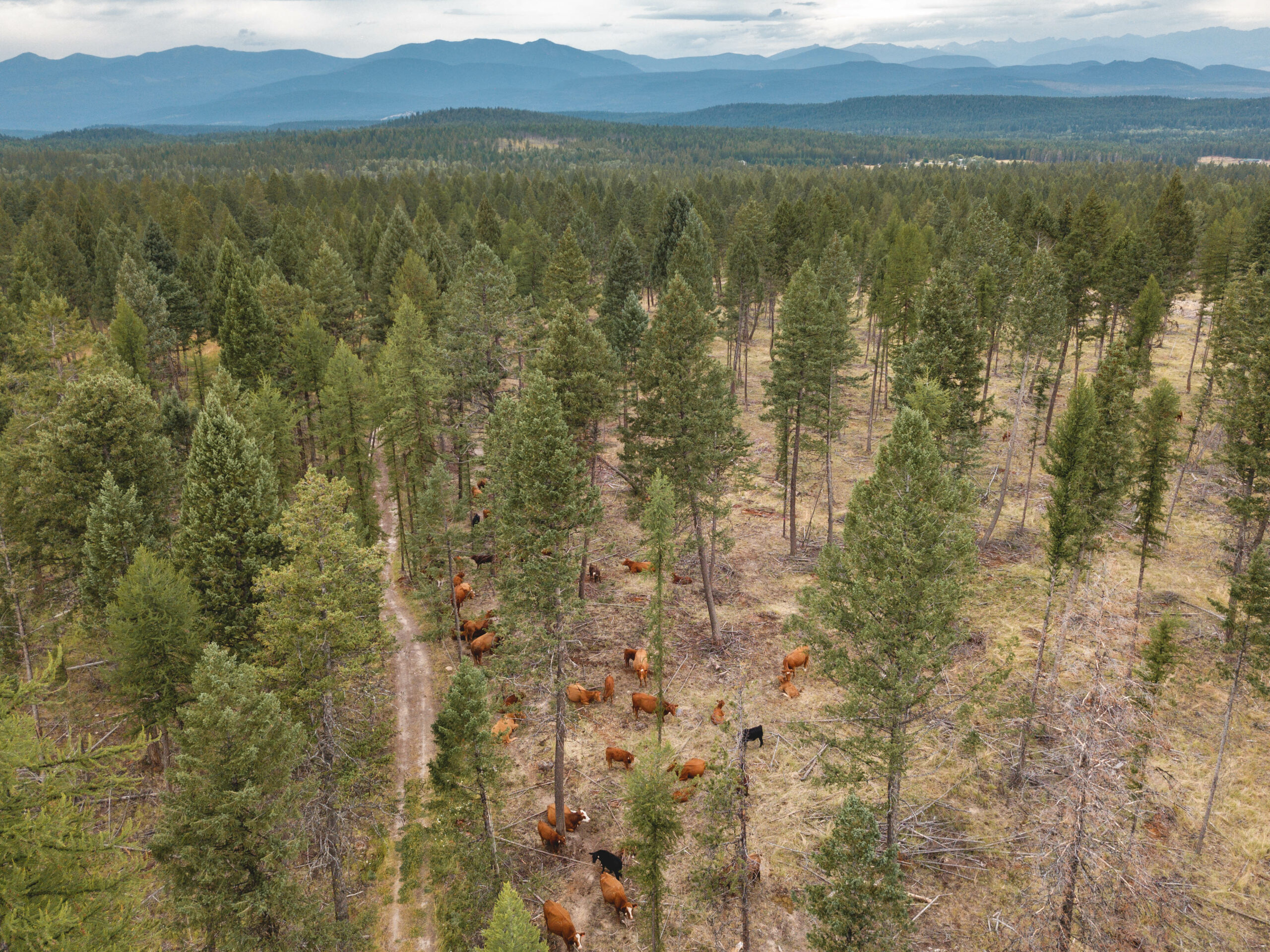
After 2017 and 2018, the 2021 wildfire season is the third worst on record for area burned in B.C — with 1,600 fires burning almost 8,700 square kilometres of land. According to Jennifer Rice, B.C. parliamentary secretary for emergency preparedness, wildfires destroyed 343 homes across the province this summer.
Ecologist Amanda Miller said it’s “critical” to begin investing in mitigating fires in areas where urban areas meet wildland.
Long grasses in the pilot region grow in spring; if they’re not grazed, they die off and dry up through the summer, becoming volatile fire fuel. The goal is to reduce this fuel load so that if a grass fire does take place, it will be easier to contain and less likely to travel up to treetops and become what’s known as a crown fire — which are far more destructive than grass fires as they burn hotter, destroying entire trees and move faster, jumping from treetop to treetop with the wind.
Grazing is an economical way to potentially reduce the intensity of wildfires, and “it highlights the contribution that the agricultural industry can make to their communities,” Shawna LaRade, range officer for the Ministry of Forests, Lands, Natural Resource Operations and Rural Development, told The Narwhal.
It also means more fun for the cattle, who get a bit more free reign, and for people who live nearby who can watch the herd hard at work, said Thibeault, who owns a ranch near Cranbrook with his brother.
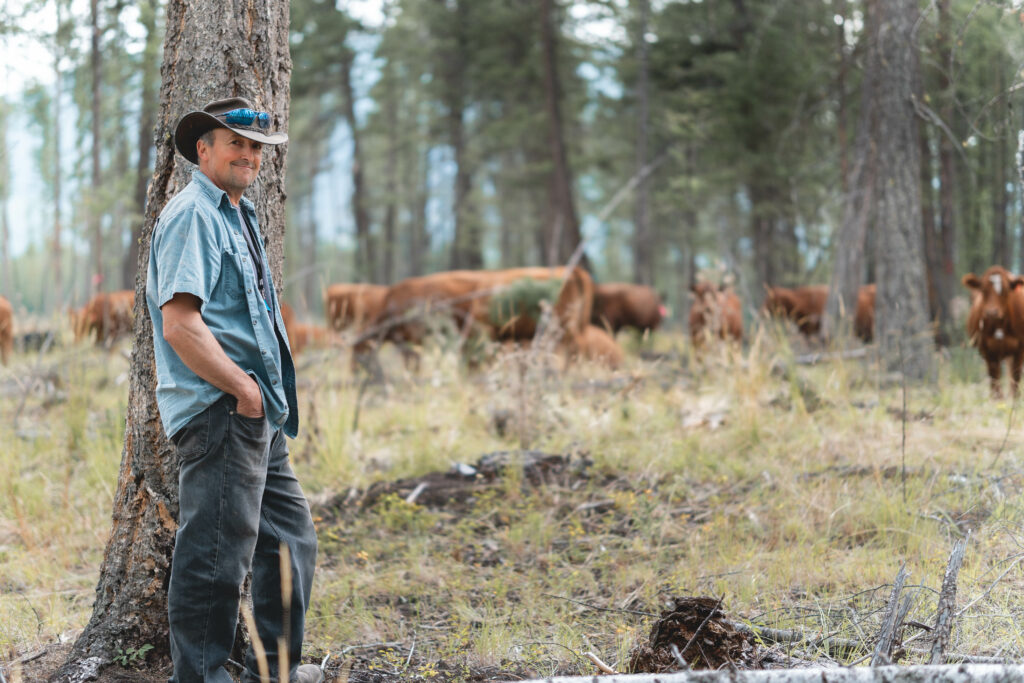
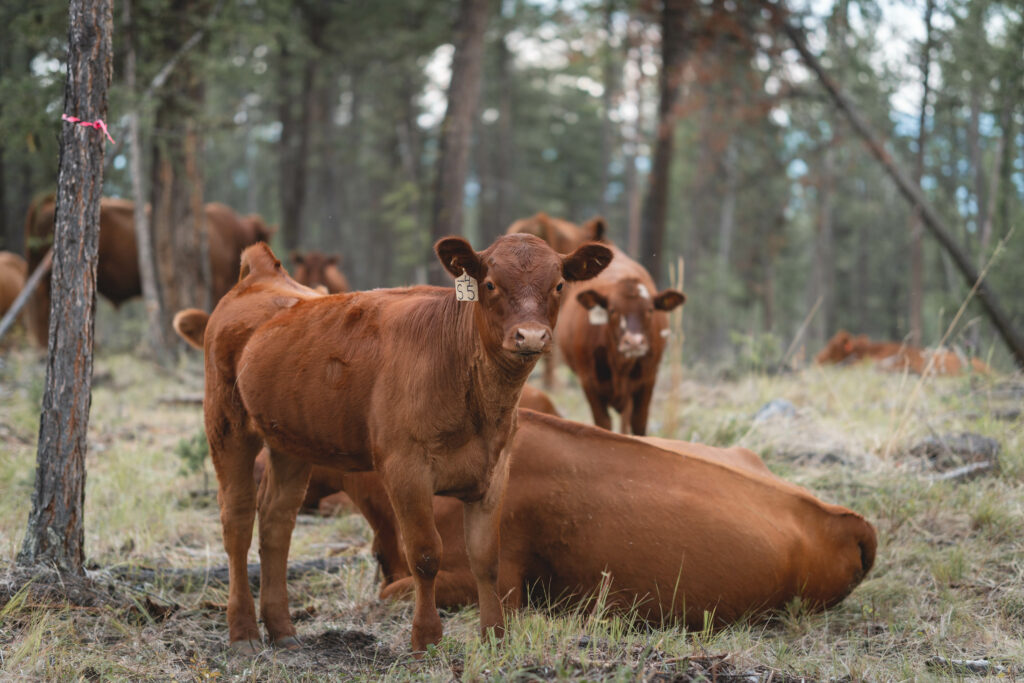
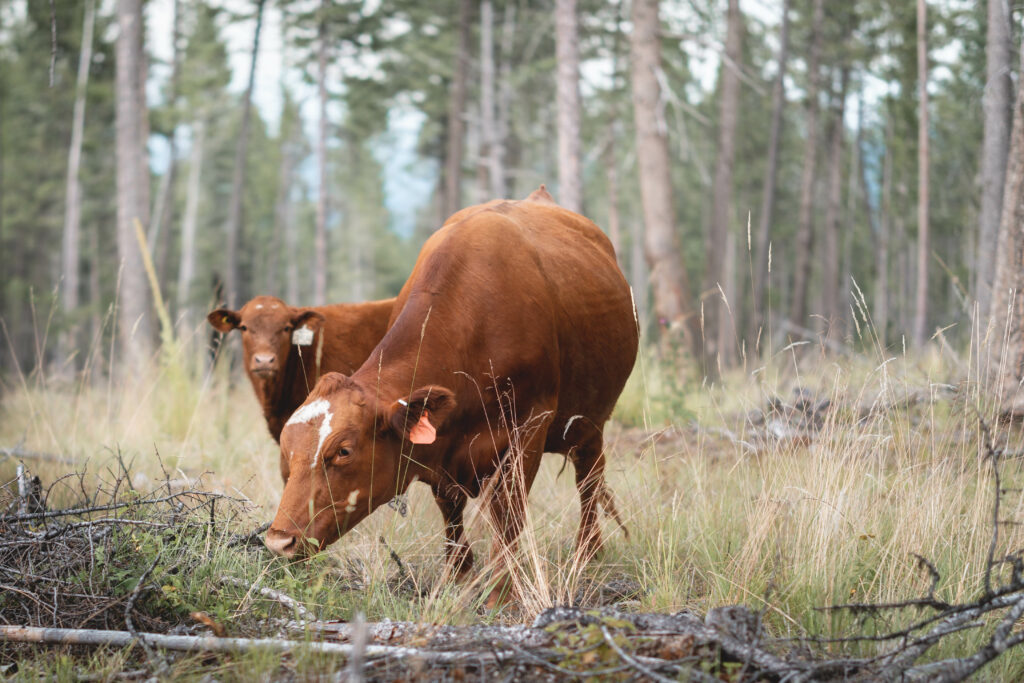
“The most fun part is seeing people’s reaction,” he said. “A lot of people don’t see [the cattle] at that intense a level, with the cattle wandering right to their back fence and stuff.”
He said people have offered to give water to the cows when they are close to their homes.
“The cattle will actually come running and bucking to the water, like they’re playing, and I don’t think [people] imagined they would do that,” he said.
The grazing is short-term, for a few weeks in spring or summer when grass is growing. Thibeault said some people have told him they miss the cows after they leave. Community co-operation is important, he said, because they rely on people hiking and biking through the areas to close the gates behind them to keep the cows contained.
Miller works as a consultant with the BC Cattlemen’s Association on monitoring the pilot project. Two years in, she said that they are seeing no negative impacts on the land, while they did see a 35 per cent reduction in natural fuel across the sites. Anecdotally, locals say that over the past few fire seasons, they’ve noticed a difference in fire severity in areas where grazing had taken place, though Miller said it’s too soon to tell exactly how effective the project is.
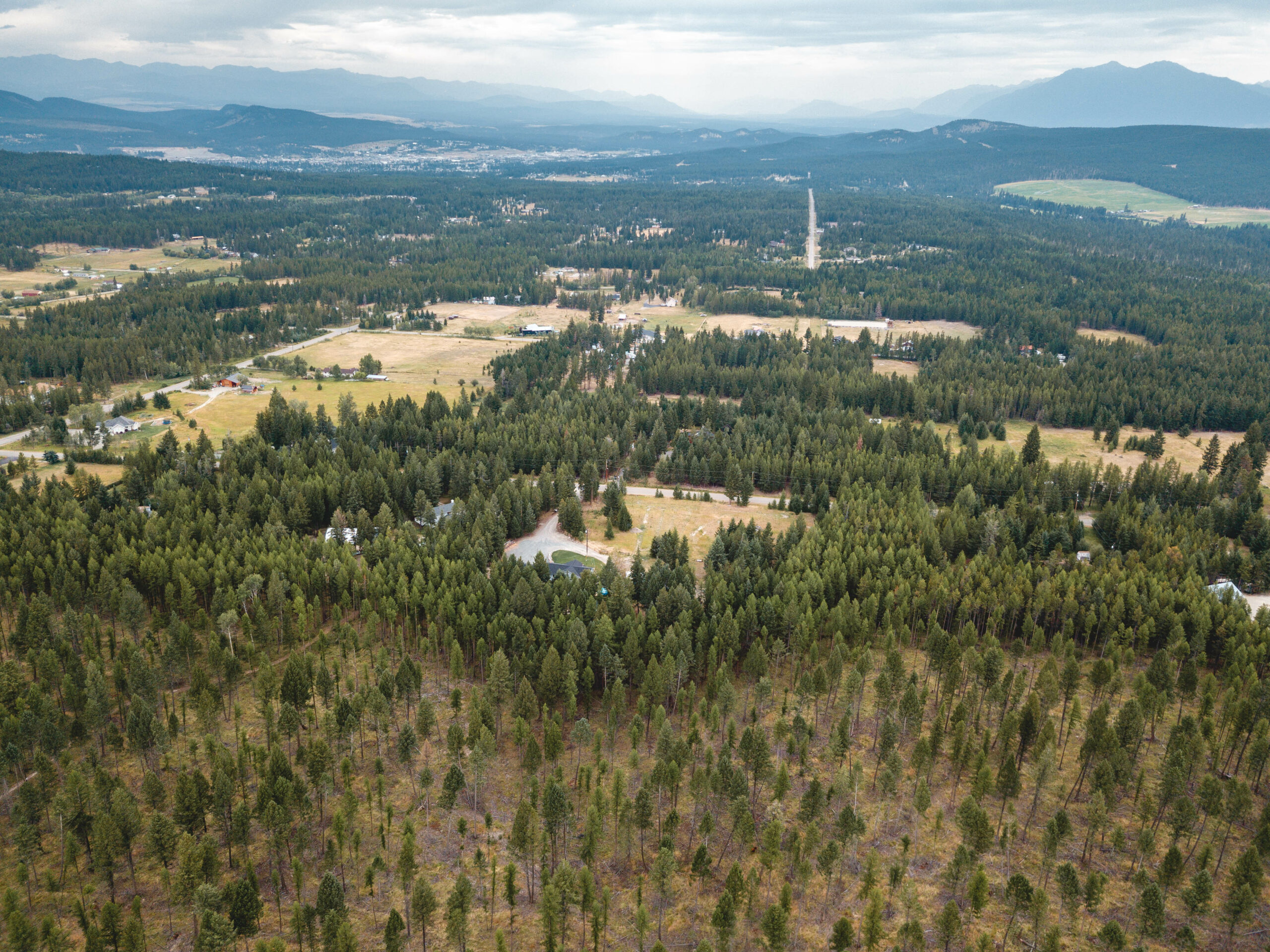
“We saw a reduction but we don’t know how that translates into differences in fire intensity,” she said. This project will help quantify that difference.
But Miller emphasized grazing is only one of the many tools to address wildfires.“It’s not a silver bullet,” she said. “It’s more like an ongoing, complementary piece that can assist with land management goals.”
The project leads have also partnered with the Okanagan Nation Alliance, Penticton Indian Band and Westbank First Nation to consult them on the project.
It all started when Thibeault read an article in The Farm Show Magazine about cattle collars being developed in Australia and New Zealand that act like a virtual fence. The collar sends a mild electric shock when a cow reaches a virtual perimeter, controlled through satellites and wi-fi or cell service. Similar collars are already used in Europe.
Thibeault went to LaRade, the local range officer with the ministry of lands, pitching the idea to seek grant funding to try the collars, because fencing is expensive. In the southern interior of B.C., it costs about $20,000 per kilometre.
“I talked to her a few times about it,” he said.
“It started with Jordy coming to me … consistently … saying, ‘I really want to try this project with these collars,’ ” LaRade recounted, laughing.
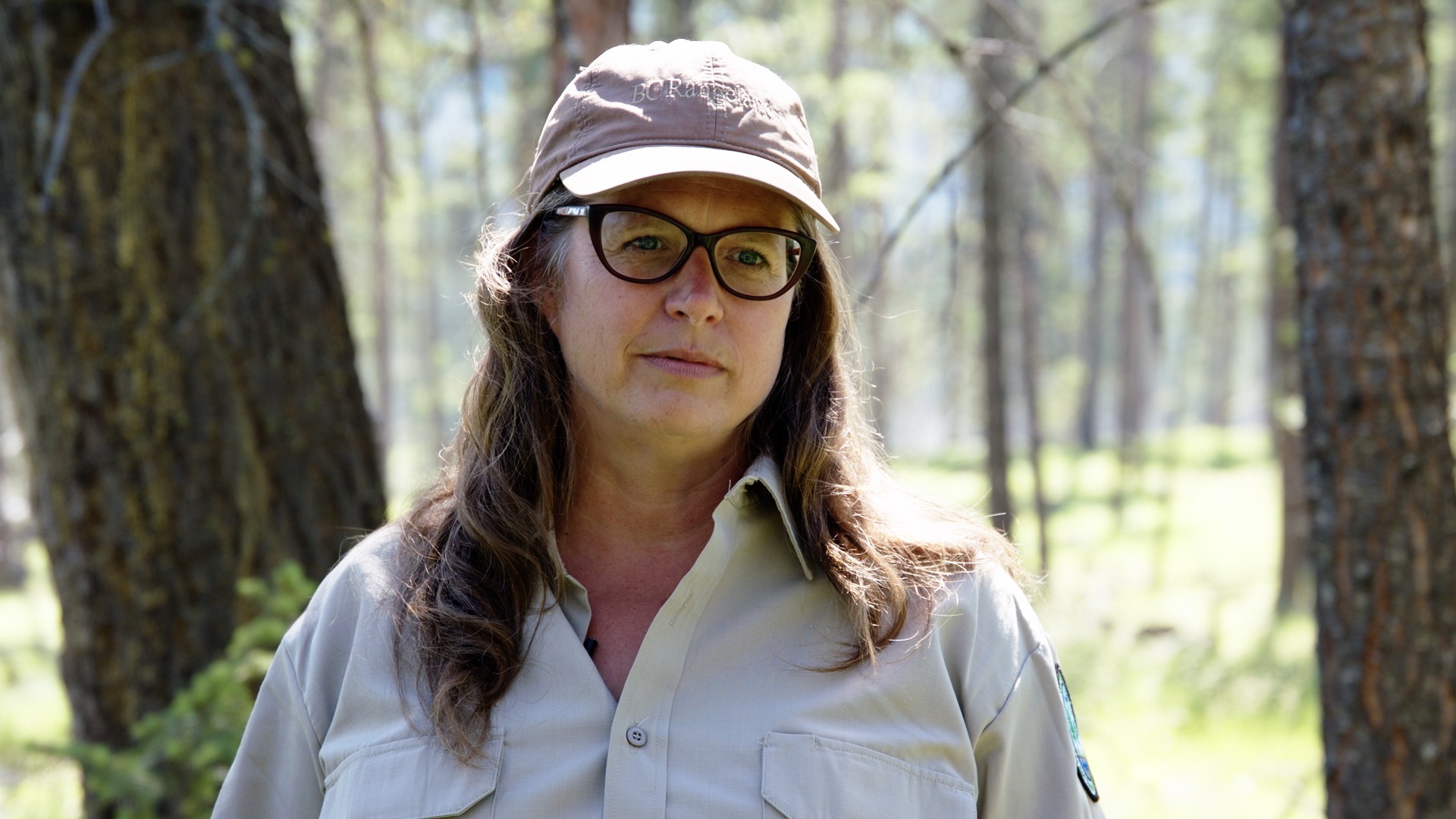
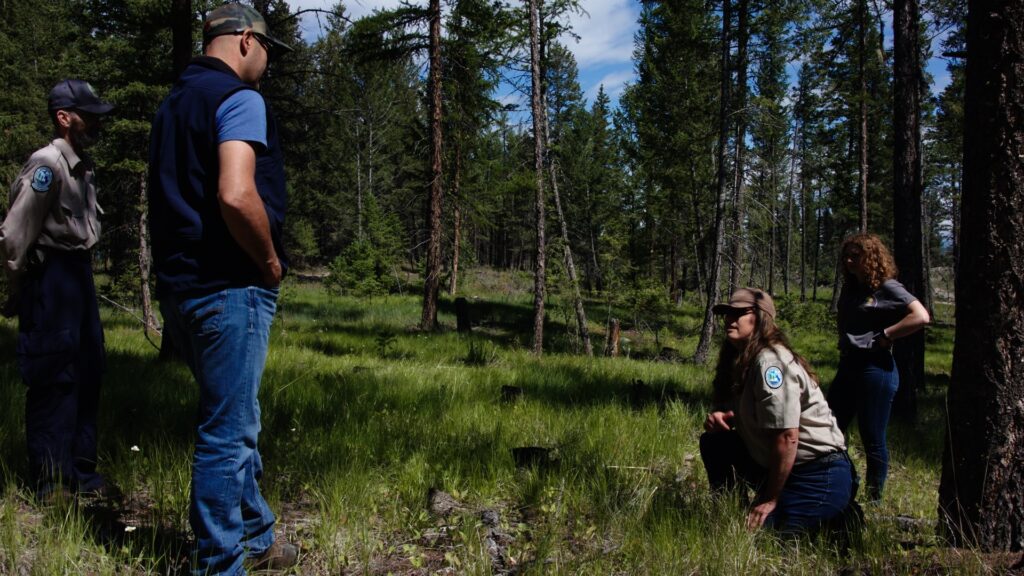
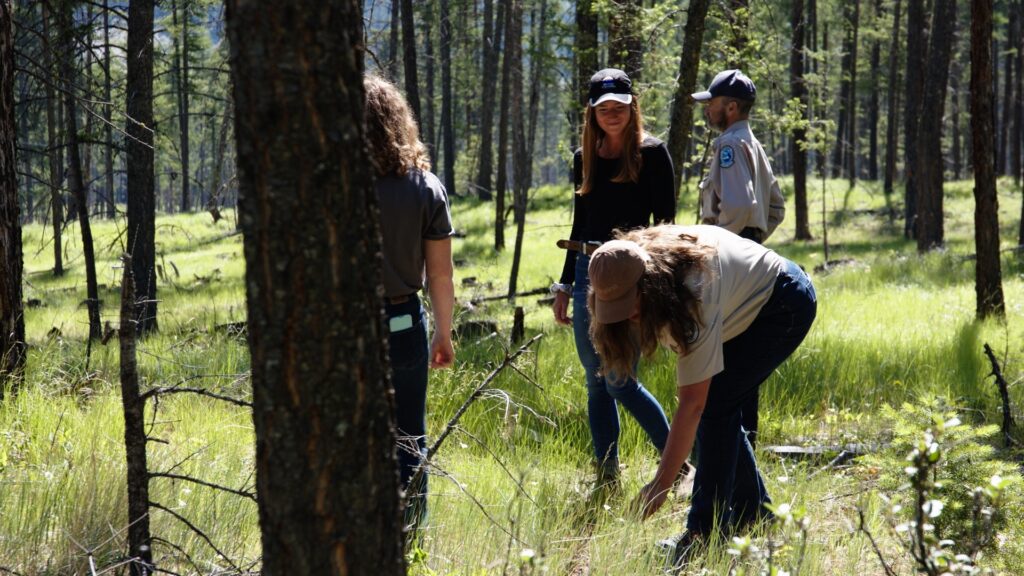
Then, while on his tractor one spring day in 2019, Thibeault heard the B.C. government had announced $500,000 in funding to the BC Cattlemen’s Association to investigate targeted cattle grazing.
“As soon as I heard that I shut the tractor down, phoned Shawna, and I said, ‘Here’s our chance to find some grant money to try this.’ ”
He’s subsequently been a driver behind the targeted grazing project ever since.
The collars used in Europe aren’t compatible with western Canada’s cellular network and other versions aren’t being sold internationally, so Canadian companies are developing their own prototypes. Calgary-based A4 Systems is designing the collars, while Kamloops-based Two Story Robot is designing the software. Thibeault and other project participants tested some prototypes this summer, sent them back to Calgary for adjustments, and received new versions this week. In the meantime, they will continue to use fencing.
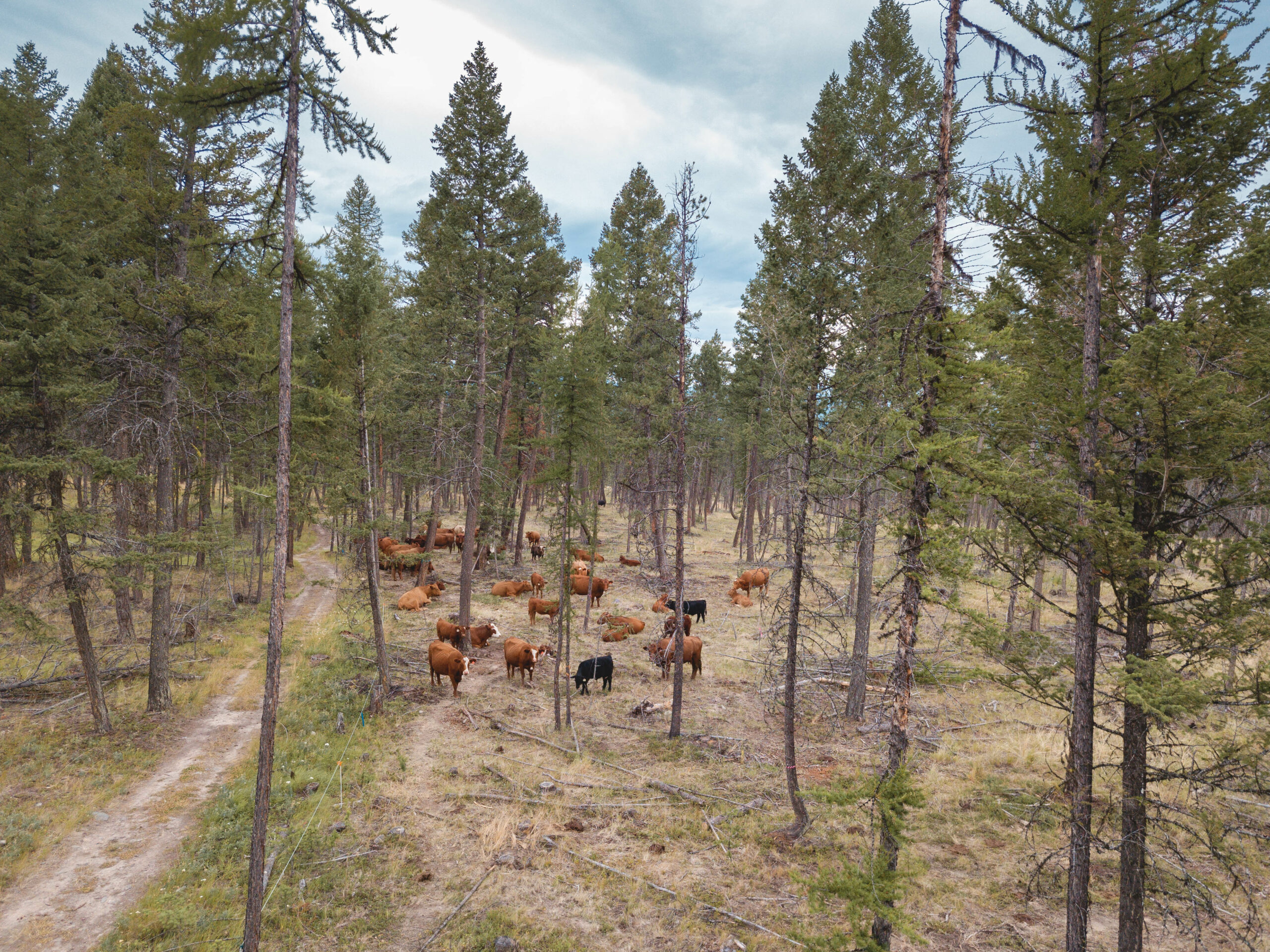
He said the collars will allow ease of movement, as cows can intensively graze an area and then move on to let that area recover, without using electric fencing, which is expensive and needs to be physically moved. This will be better for the grass, and therefore better for the wildlife that relies on it, he said.
Paradoxically, it was wildfire mitigation measures that led to an increase in fuel on the forest floor in some parts of the interior. When forests were thinned out to decrease fire risk, more sunlight reached the forest floor, allowing grasses to flourish — and leading to a more ignitable fuel load.
Tree harvest “shifts the fuel load” rather than getting rid of it, LaRade explained.
Grasslands need to be disturbed to stay healthy, both to reduce fire risk and to make way for new grass that provides nesting grounds for birds and homes for other critters like badgers. Elk, deer and bison are traditional grazers, but cattle can play the same role when distributed carefully on the landscape. Grasslands cover less than one per cent of B.C. but provide habitat for 30 per cent of the province’s species at risk.
Not only that, but grasslands store carbon in grass roots deep underground, which remains sequestered even when a fire comes through. Grasslands can store as much as 180 tonnes of carbon per hectare, the equivalent to the annual emissions of 39 cars, stored in an area slightly smaller than a Canadian football field. Some estimate the uncultivated grasslands of Western Canada may store two to three billion tonnes of carbon.
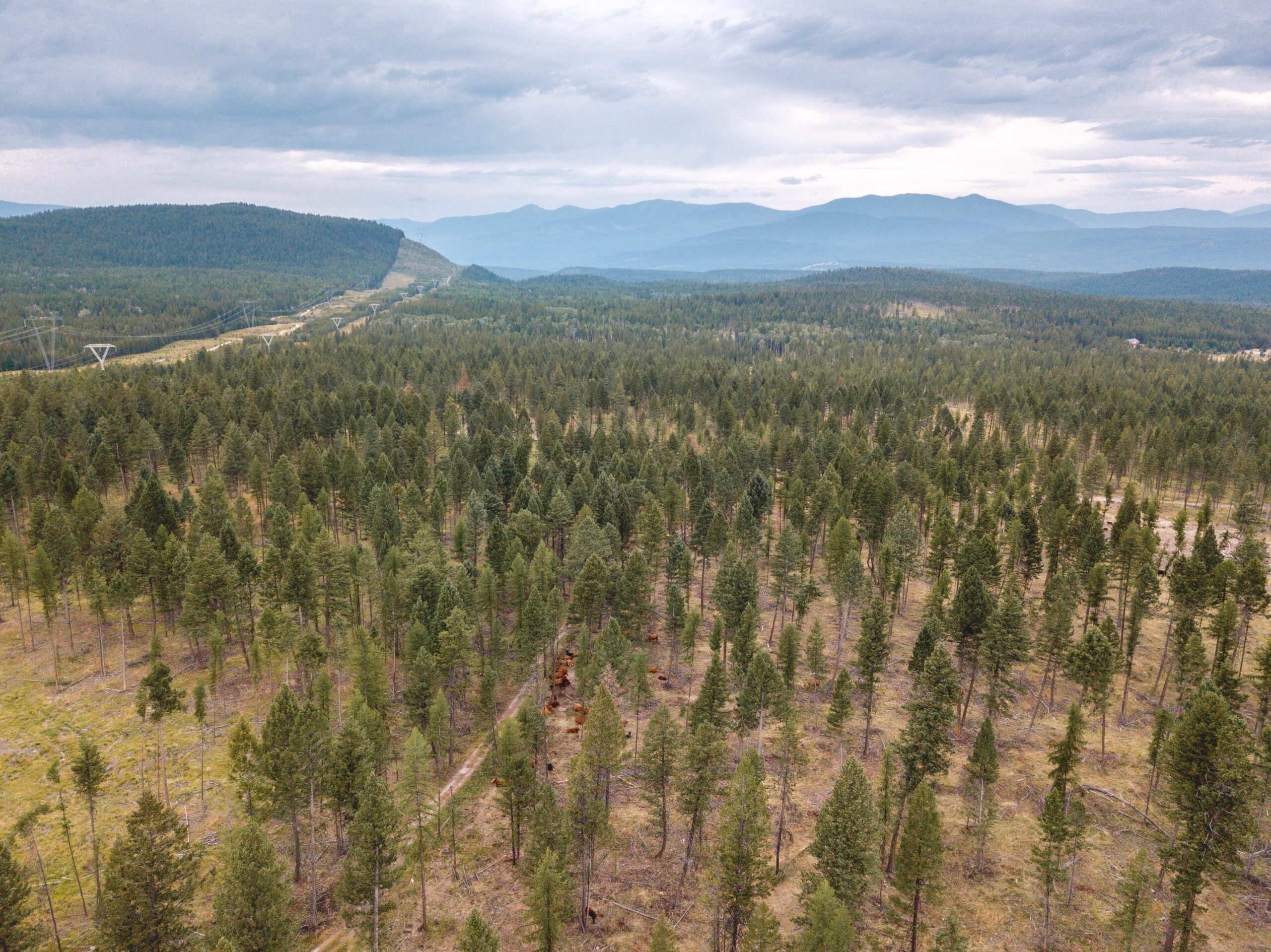
But the International Union for the Conservation of Nature has declared temperate grasslands as the world’s most endangered ecosystem. Between 75 and 90 per cent of Canada’s grasslands have been eradicated.
“In B.C. [grasslands] are not quite as appreciated as the beautiful mountains and oceans,” Miller said. “But grasslands are a really special ecosystem.”
And the grasslands have always been “managed by fire” by Indigenous Peoples far before colonization. It’s part of the beauty of this environment, Miller said.
When Indigenous Peoples were barred from practicing land management through cultural burns in B.C. in 1874, this led to an increase of forest fuels that cause out-of-control wildfires. Combined with disease, displacement and residential schools, Indigenous Peoples were interrupted from passing on this cultural knowledge. Lori Daniels, a professor at the University of British Columbia, previously told The Narwhal her research in the interior shows the dramatic decrease in cultural burning since the 1860s has led to more intense wildfires.
“For the last 100 years or so, people look at fires as something that’s destructive,” Ron Ignace, former chief of the Skeetchestn Indian Band and an advocate for a return to cultural burning, told The Narwhal in a previous story.
“But fire and water are two sides of the same coin. Water can be equally destructive as fire, or both can be very constructive.”
Miller wants people to understand fire is a natural and essential part of the landscape.
“[These ecosystems] evolved with managed fire, and they evolved with disturbance as an integral and critical part of ecosystem function,” she said.
Get the inside scoop on The Narwhal’s environment and climate reporting by signing up for our free newsletter. Angello Johnson’s shoulders burn, and his arms...
Continue reading
Bracken was recognized for intimate portraits of residents of Fort Chipewyan, Alta., who told her...

A guide to the BC Energy Regulator: what it is, what it does and why...

The B.C. government has introduced legislation to fast track wind projects and the North Coast...
